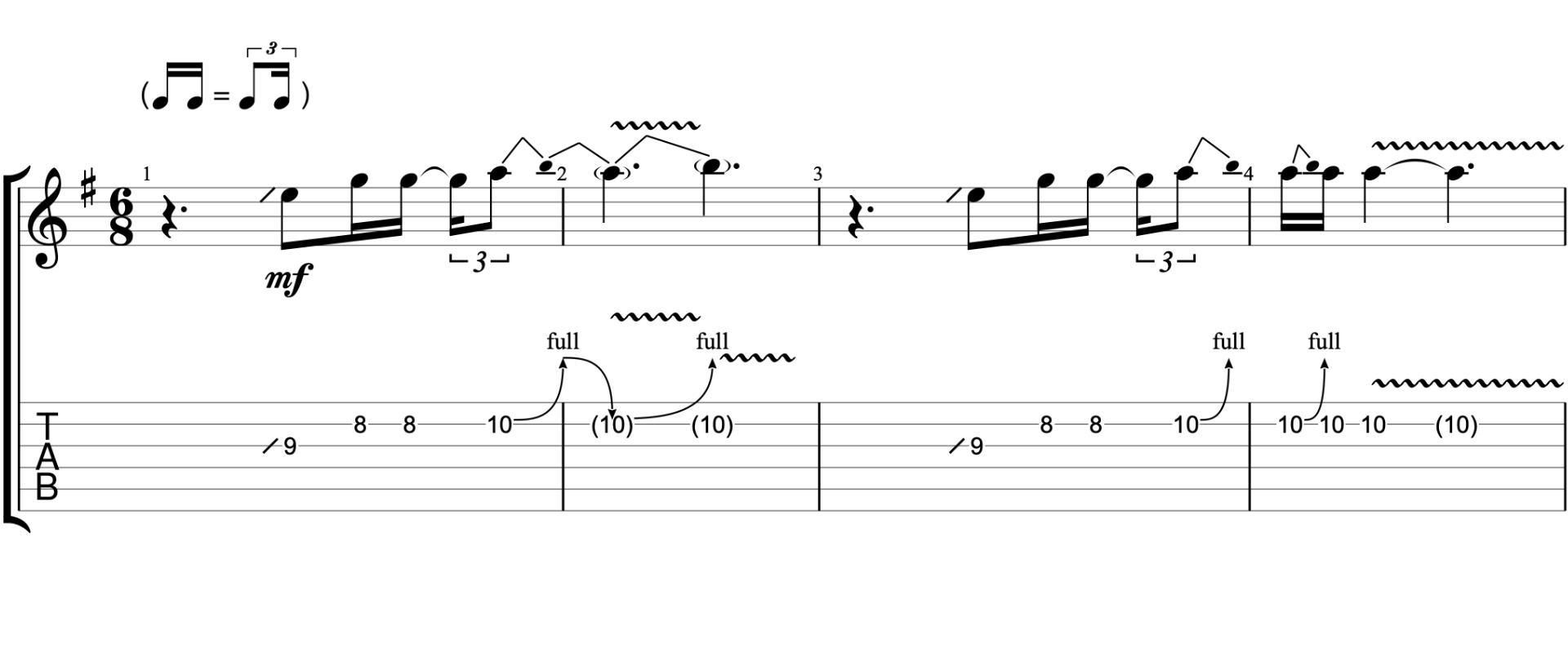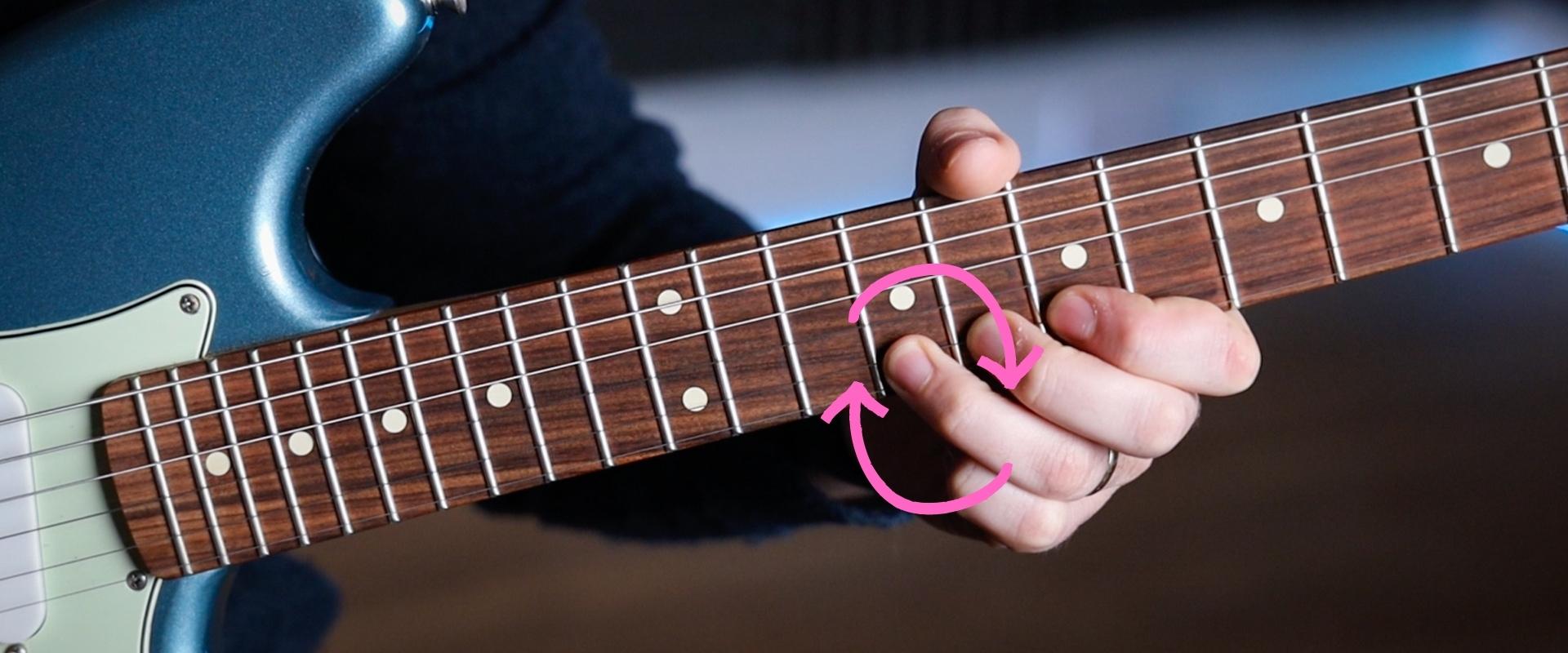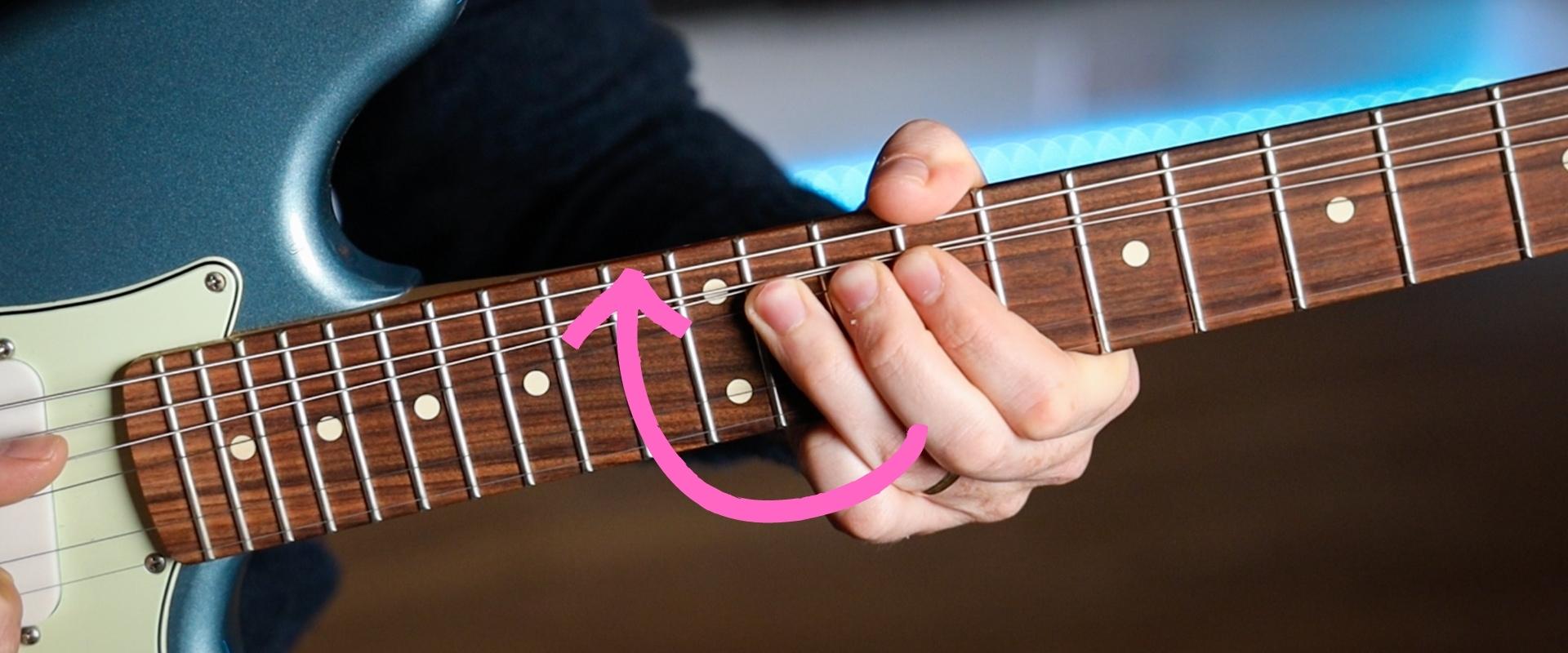YOU WANT MORE SCALES, BUT YOU NEED THIS
Guitar Lessons
It's a feel thing...
Thomas is back in the teaching chair to cover an extremely important topic for any lead guitar player. In fact, this is a topic myself and Thomas chat about all the time. No matter the lead guitar player we are listening to, we're always looking out for one extremely important element… feel.
"How on earth do I learn feel? How can we know what that is?"
Well, when it comes to lead guitar, Thomas makes a very interesting point. In his mind, feel is what you as a human being are trying to bring to the guitar. It's your voice. It's that connection between you and the instrument, and how you can develop that.
We could argue that feel can come in many different ways, depending on your character and personality. Depending on who you are! For example, John Mayer's feel is rooted in soul, blues and all the music that inspires him. Compare that to Johnny Greenwood's feel (Radiohead's lead guitar player) which is aggressive, intense and matches up to the style he is looking to create.

Connecting your unique voice with the guitar.
Of course, this is all easier said than done. To be able to convey feeling and emotion in what you play, you need to first have a very good grasp of your instrument. When it comes to lead playing, we believe that there are some core techniques you have to get to a very good standard, before you can start to really get that vocal quality which immediately translates as a great feel for the instrument.
To teach these techniques, we'll use one of the best guitar lead intros written in the last 20 years… That's Gravity, by John Mayer. Here's the part:

So, this part is all based around the G major pentatonic scale, using Box 4. It is very worth just reminding yourself of this, before we get any further with it. Here's the scale shape:

As for the techniques, let's break them down one by one, starting with slides.
Slides
Thomas also refers to this as "slurring into the note". This is a big vocal quality. If you go ahead and try to sing a little melody, its very likely you will hear your voice slur into the note, as it's very hard to be completely pitch accurate from scratch with the voice. The slur, or the slide, is a technique that replicates this very natural vocal quality. It's therefore an important technique to master, and we can use the very first note in this song to help us get there!

If you want to work more specifically with slides, especially as a beginner to this idea, check out these lessons.
Vibrato
This technique, which Thomas calls the "wobble" is probably the most important in making your notes sound vocal. It's deceptively hard to do, and requires a lot of patience to get right. The wobble is made by rotating your wrist evenly, as if you were turning a door knob (over and over again). As you work on this motion, be sure to make it as even as possible. Imagine a wave going up and down, but hitting the same highs and lows each time. Or perhaps imagine a siren on a police car or ambulance. It generally moves between two notes and is completely even. "Nee naw nee naw nee naw" is what we say to our kids here in the UK, and although with vibrato we don't necessarily change pitch as extremely as this, we do keep the movement as even as this.

If you want to dive more into Vibrato, we have a great set of lessons right here. Check those out to really zone in on that vibrato concept.
Bends
We all know how impactful a good bend can be. When I listen to blues players like Buddy Guy, Joe Bonamassa, Eric Clapton etc… and they hit the right bend at the right time, it's literally magic! It's the stuff that takes your breath away and gives you the spine tingling moments of pure musical joy and emotion! This can be your most powerful weapon on the guitar, but as with all of these tools, we need to put the time in to learn them properly.

The bend is so important, as it deals with microtones, a feature that many instruments (like piano) can't play. Like the voice, we can find pitches in between the standard western music pitches, and slurring and bending through these pitches can sound amazing. The first step, however, is to learn the mechanics of the bend movements, and like Thomas said, it's using that door knob action again!
As with all of these techniques, we have some great lessons within our courses to help you understand them. Check out this lesson to get a better grip (pun intended) on bends!
The icing on the cake
These are the three core techniques that Thomas talks about, but there are even more subtleties that you can gradually dive into. The slight staccato (pause) on the second note in the lead part. The hammer on into slide which creates an even smoother tone. The call and response element to the lead part. The dynamics with the right hand to make the whole things sound subtle and pulled back. All of these little touches add up to create the feel from the track.
I want to make very clear, at this point, that this is all simplified. In reality, these elements will gradually find their way into your playing, as and when you are ready. As a great example of this, check out this part of our John Mayer course. On your first attempt playing this solo, your entire focus might be to understand the pentatonic boxes, and attempt to get the notes in the right place, aiming to get them to speed. That could take weeks, for sure! It's absolutely crucial that this is the first step.
Then, a year down the line, check out those lessons again. Perhaps this time around you know the pentatonics like the back of your hand, and the speed of the solo doesn't pose as much of a challenge. It's at this point then, that you're ready to absorb the finer details that we are talking about above. Can you improve your vibrato, your bends, your slides? Can you hear the differences dynamically? Maybe that one is for the year after! This is the process.
There we have it
It's a process, it's a journey. I say it a lot, but it's 100% true. Everyone is in such a rush to master something in as little time as possible. What if, instead, we enjoy the learning? You will pick up something from this video, I'm sure. So take that away and work with it. Add it to your day to day playing, and get it under the fingers. Keep working like that, and in good time, your feel will start to develop. Best of luck, and keep loving the guitar!
